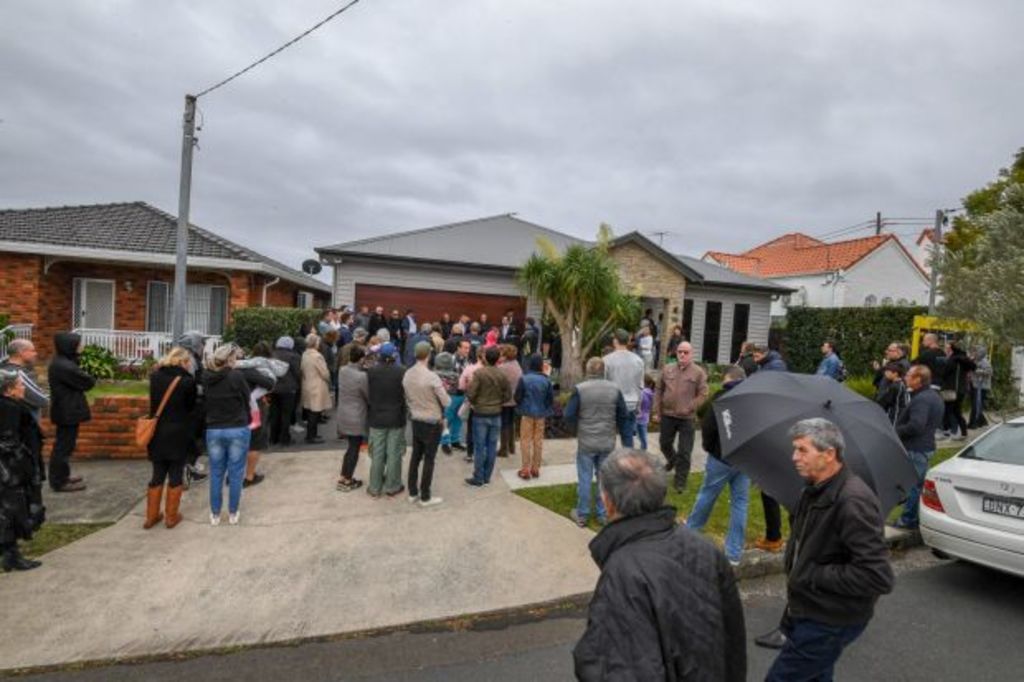Investor lending drops to lowest level since January 2016, according to ABS

The Australian property market has been turned on its head, with investor lending at a two year low, at the same time the number of first-home buyer loans continued to grow.
The latest mortgage lending data shows investor loans has softened a further 0.9 per cent in seasonally adjusted terms in April 2018 and now sits at $10.7 billion, the lowest level since January 2016, according to the Australian Bureau of Statistics.
Meanwhile, first-home buyers were the only segment of the market that continued to grow in the same period.
The number of first-home buyers loans grew to 17.6 per cent of all owner-occupier mortgages, an increase from 13.7 per cent in January 2016.
In the 12 months to April, the number of first-home buyer mortgages grew 30.7 per cent, from 6547 loans a year ago to 8557.
First home owner lending peaked in November 2017 with 11,110 loans written.
Tim Reardon, principal economist for building lobby group Housing Industry Association said it was the “silver lining of the down turn in investor activity in the last two years”.
Investor lending continued to contract due to tighter lending standards, Mr Reardon said.
Another shocker for housing finance – sharp falls in lending for owner occupiers and investor. Looks sick, sick, sick.
Interestingly, first home buyers continue to support the market. Affordability looking good— Stephen Koukoulas (@TheKouk)
June 12, 2018
But this marked increase of first-home buyers only partially offset the investment housing decline, he said, which was a cause for concern.
“The increase is first-home buyers market is around a third of the value of the decrease by investors. That’s less money coming into the industry than what there was investing,” Mr Reardon said.
“That’s a significant reduction in the value of investment coming into the housing market, which does have significant impact on the number of homes being built. Any reduction means fewer homes being built which exacerbates housing affordability.”
A marked slowdown in the housing market was one of the biggest concerns alongside stagnant wages for economist Stephen Koukoulas, managing director at Market Economics.
“The amber light is flashing. We’re looking as this as concern but it’s not a disaster yet,” said Mr Koukoulas.
He said households tightened their belt as mortgage activity fell, perpetuating an economic downturn.
The Aussie property market has changed a lot since the end of 2016. Suddenly it is first home buyers holding up prices and partially offsetting the weakness among investors #ausbiz #property pic.twitter.com/KAMB9NGURm
— Callam Pickering (@CallamPickering)
June 12, 2018
“Housing is very much linked with consumer spending. When house prices are falling people don’t feel quite as rich, so people tend to do change their consumption and spending patterns when housing is in decline,” said Mr Koukoulas.
Buyers’ agent and Allen Wargent Property principal Pete Wargent said the numbers were no surprise as the figures continued a downward trend.
He said there were definitely fewer transactions this year because of the banking Royal Commission coupled with continuing measures from the Australian Prudential Regulation Authority and the ensuing credit crunch.
“It just confirms what people had already suspected. The access to credit is lower than it already was and most forecast that will continue in the coming months,” said Mr Wargent.
He warned first-home buyers from overstretching themselves in a soft market.
“You’ve got an interesting dynamic where you’ve got FHB incentivised to buy in a falling market.”
AMP Capital chief economist Shane Oliver believed first-home buyers helped prop up the market to some degree.
“If we didn’t see a lift in lending to first-home buyers, the market would be a lot weaker,” said Dr Oliver.
We recommend
We thought you might like
States
Capital Cities
Capital Cities - Rentals
Popular Areas
Allhomes
More







